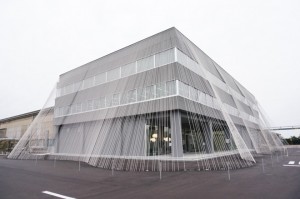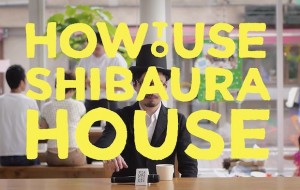Japanese architect Shigeru Ban has been awarded the top award in architecture, the Pritzker Prize.
Ban (56) has been given the accolade primarily for his humanitarian work, such as in the 1995 Kobe earthquake, the Rwanda civil war in 1994, and 2011 Tohoku disaster. After the latter, Ban and his team went into the evacuation centers and built partitions so that refugees would have some privacy while they were waiting for temporary housing. he then also made a large housing complex in Miyagi. In Kobe he constructed a paper dome to house the Takatori Catholic Church, which had been destroyed in the quake.
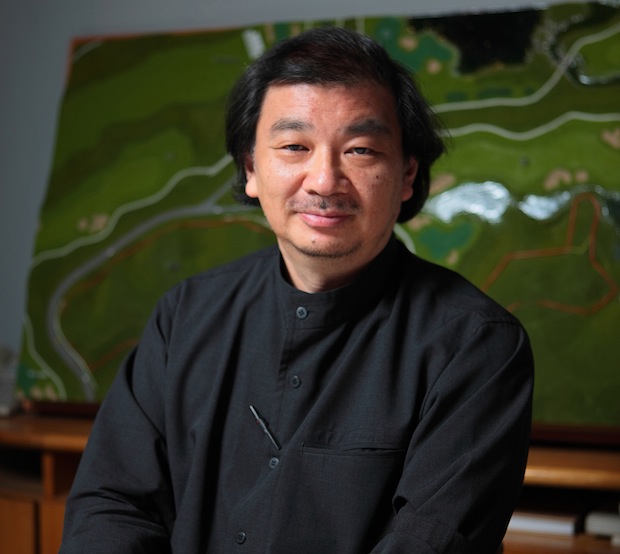
Shigeru Ban
Photo by Shigeru Ban Architects
Ban founded a non-governmental organization (NGO) called VAN (Voluntary Architects’ Network) in 1995. VAN has gone to the sites of earthquakes, tsunami, hurricanes, and conflicts to assist in architectural relief work. Ban has worked with VAN in Japan, Turkey, India, Sri Lanka, China, Haiti, Italy, New Zealand, and the Philippines.
Six other Japanese architects have been given the annual honor: Kenzō Tange (1987), Fumihiko Maki (1993), Tadao Ando (1995), Kazuyo Sejima and Ryue Nishizawa (SANAA) (2010), and Toyo Ito (2013). Ban’s prize makes it two Japanese designers in a row for the prestigious gong, which “honor[s] a living architect whose built work demonstrates a combination of those qualities of talent, vision and commitment, which has produced consistent and significant contributions to humanity and the built environment through the art of architecture.”
Ban will get the prize officially in Amsterdam in June, including $100,000 in prize money. Based in three cities, he made a name for himself by constructing temporary relief shelters out of cardboard paper tubes and other such low-cost materials.
The Pritzker announcement commented:
An underpinning uniting much of his built work is his experimental approach. He has expanded the architectural field regarding not only the problems and challenges he tackles, but also regarding the tools and techniques to deal with them. He is able to see in standard components and common materials, such as paper tubes, packing materials or shipping containers, opportunities to use them in new ways. He is especially known for his structural innovations and the creative use of unconventional materials like bamboo, fabric, paper, and composites of recycled paper fiber and plastics.
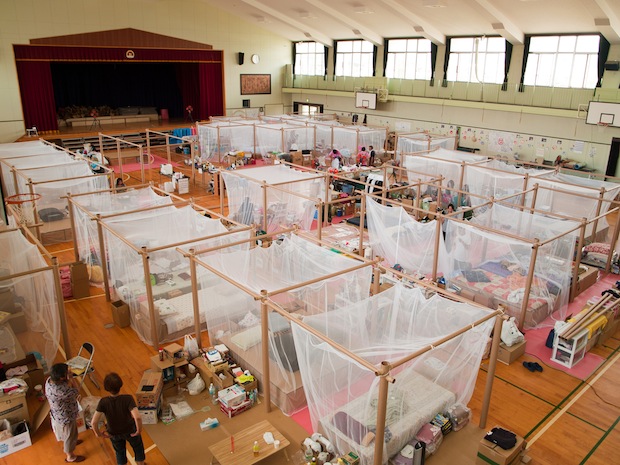
Paper Partition System 4, 2011, Japan
Photo by Voluntary Architects’ Network
Pritzker Prize jury chairman, The Lord Palumbo, said, “Shigeru Ban is a force of nature, which is entirely appropriate in the light of his voluntary work for the homeless and dispossessed in areas that have been devastated by natural disasters. But he also ticks the several boxes for qualification to the Architectural Pantheon — a profound knowledge of his subject with a particular emphasis on cutting- edge materials and technology; total curiosity and commitment; endless innovation; an infallible eye; an acute sensibility — to name but a few.”
Ban commented: “Receiving this prize is a great honor, and with it, I must be careful. I must continue to listen to the people I work for, in my private residential commissions and in my disaster relief work. I see this prize as encouragement for me to keep doing what I am doing – not to change what I am doing, but to grow.”
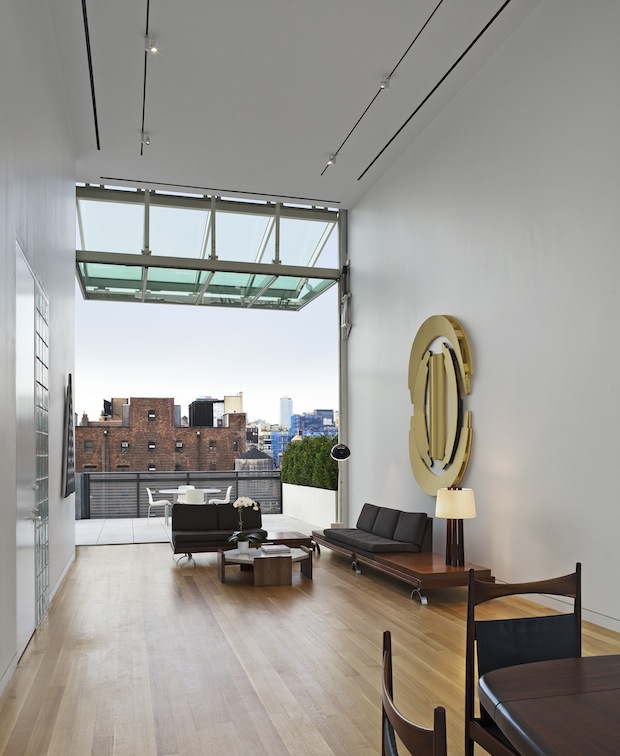
Metal Shutter House, 2010, New York, USA
Photo by Michael Moran
Ban, who is often touted as an advocate of sustainable and environmentally-friendly architeecture, also does a lot of commercial work for private clients. His other famous designs include the Metal Shutter House in Chelsea, New York, the Nicolas G. Hayek Center in Tokyo, and Centre Pompidou-Metz in France.

